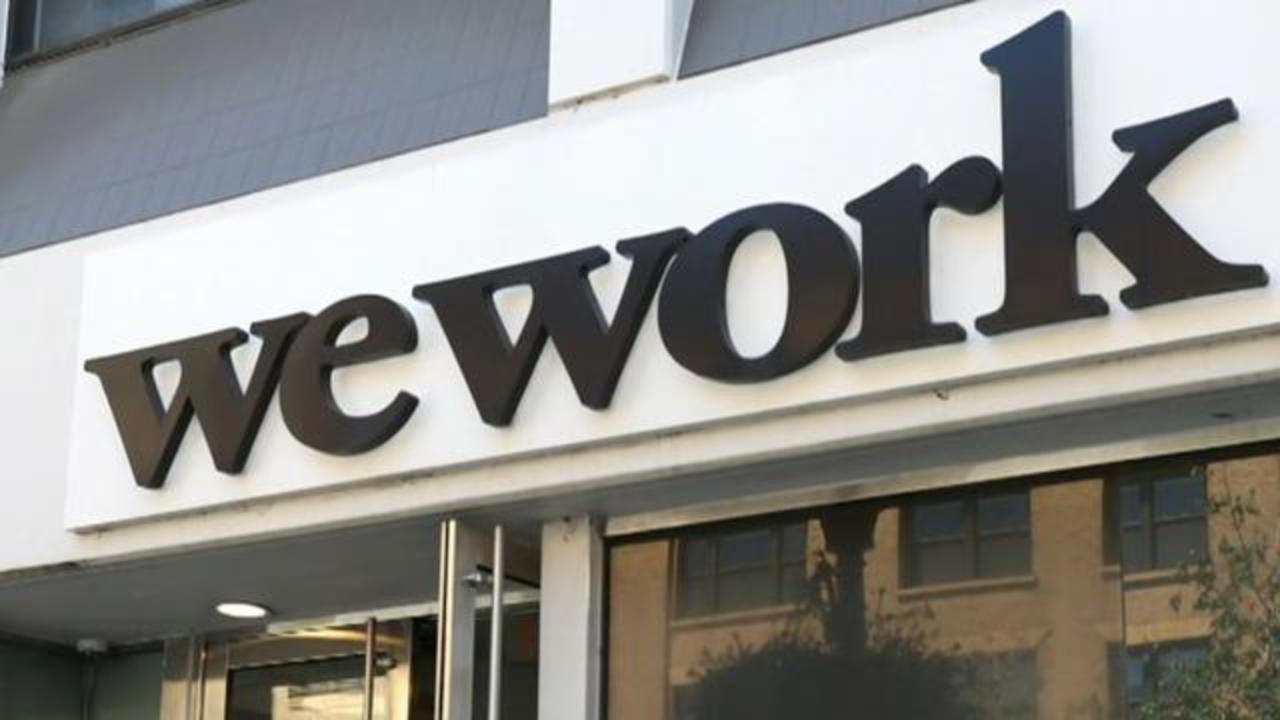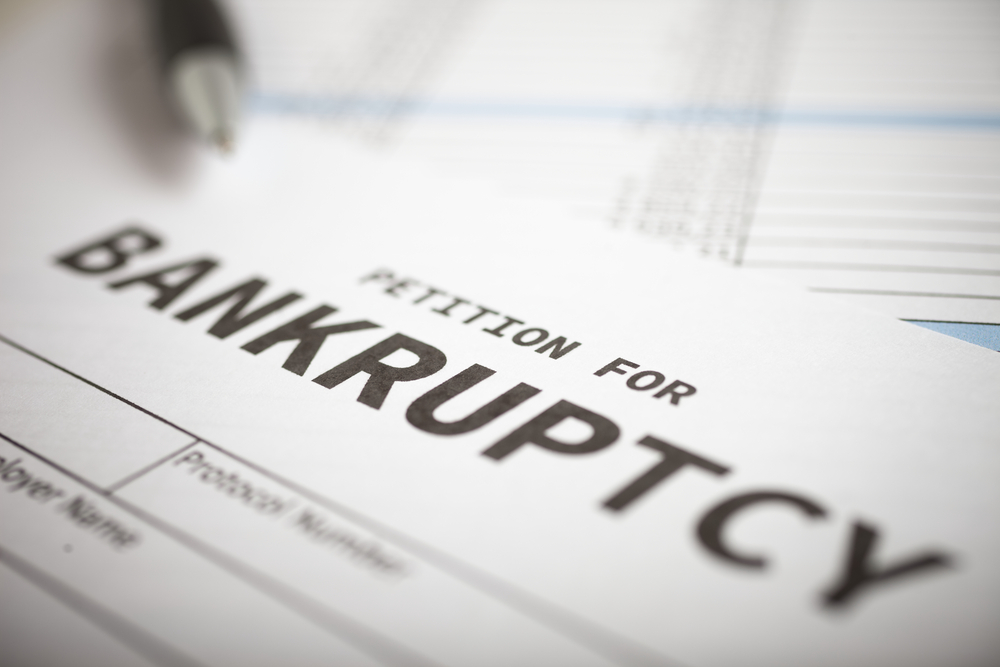WeWork Declares Bankruptcy Amidst Financial Challenges
WeWork, Formerly Backed by SoftBank and Once America's Most Valuable Startup, Declares Bankruptcy with Liabilities Estimated at $10 Billion to $50 Billion.

Morgan Barrons
Nov 12, 2023
In a stunning announcement, WeWork, the global co-working giant, has officially declared bankruptcy. This move comes as the company grapples with significant financial woes, marking a pivotal moment in its turbulent history.
On November 6, WeWork revealed its intention to initiate a comprehensive reorganization aimed at fortifying its capital structure and revitalizing its financial performance. Despite these challenges, the company remains committed to providing flexible office spaces in the future.
The roots of WeWork's financial troubles can be traced back to a series of decisions made during the tenure of its former CEO, Adam Neumann. Once valued at a staggering $47 billion and backed by the SoftBank Group, the company's failure to go public led to a substantial erosion of its valuation.
WeWork's precarious financial situation, with a net long-term debt of $2.9 billion as of June 2023, coupled with over $13 billion in long-term leases.
WeWork's recent announcement emphasized its determination to streamline its commercial office lease portfolio while prioritizing business continuity and the delivery of top-notch services to its members. Global operations are expected to carry on uninterrupted.
The company has filed for bankruptcy protection under Chapter 11 of the US Bankruptcy Code. Notably, this process excludes WeWork's locations outside of the United States and Canada, as well as its global network of franchisees, who will remain unaffected.
Acknowledging past missteps, the current CEO, David Tolley, is now focused on aggressively addressing legacy leases and making substantial improvements to the company's balance sheet.
As CEO David Tolley said:
“„“Now is the time for us to pull the future forward by aggressively addressing our legacy leases and dramatically improving our balance sheet.”- David Tolley
While WeWork's office spaces continue to function normally, the future remains uncertain. The outcome of this bankruptcy declaration and its potential impact on WeWork's office space portfolio remains to be seen. However, customers are assured that they should largely remain unaffected by these developments.
The WeWork Rollercoaster - Rise And Fall
WeWork, led by its founder Adam Neumann, witnessed a meteoric rise, achieving an impressive valuation of $47 billion. This success attracted substantial investmentsfrom key players such as SoftBank, Benchmark, and major Wall Street banks, including JPMorgan Chase. However, the company's relentless pursuit of rapid expansion over profitability, combined with Neumann's eccentric behavior, ultimately led to his removal and the derailment of WeWork's initial public offering in 2019.
WeWork Membership Growth
| Year | Number of Members |
| 2017 | 175,000 |
| 2018 | 400,000 |
| 2019 | 600,000 |
| 2020 | 600,000 |
| 2021 | 590,000 |
WeWork Revenue By Year
| Year | Total Revenue |
| 2017 | $886,000,000 |
| 2018 | $1,820,000,000 |
| 2019 | $3,459,000,000 |
| 2020 | $3,416,000,000 |
| 2021 | $2,570,000,000 |
In 2022, WeWork Records Impressive Recovery, Garnering Around $3.1 Billion in Revenue Post-COVID-19 Pandemic.
WeWork's Downfall - A Saga Of Escalating Losses
| Year | Net Profit and Losses |
| 2017 | -$933,000,000 |
| 2018 | -$1,900,000,000 |
| 2019 | -$3,775,000,000 |
| 2020 | -$3,834,000,000 |
| 2021 | -$4,632,000,000 |
A $4.6 Billion Net Loss in 2021 Highlights the Need for Cost Reduction and Improved Facility Occupancy Rates, but losses persisted throughout the declaration of bankruptcy.
Navigating Pandemic Challenges
WeWork made strategic efforts to renegotiate 590 leases, resulting in savings of approximately $12.7 billion in fixed lease payments. However, the COVID-19 pandemic, which prompted widespread remote work, posed insurmountable challenges for the company.
WeWork's client base included not only large conglomerates but also startups and smaller businesses. Many of these smaller businesses scaled back operations due to rising inflation and economic uncertainties. Additionally, WeWork faced stiff competition from traditional commercial property companies that adapted by offering shorter and more flexible leases to meet changing office space demands.
Changing Leadership And Debt Restructuring
Following Sandeep Mathrani's tenure, David Tolley, a former investment banker and private equity executive, took the helm as WeWork's CEO. Tolley had previously overseen the revival of debt-laden satellite communications provider Intelsat, guiding it through bankruptcy proceedings in 2022.
WeWork engaged in multiple debt restructuring efforts in an attempt to address its financial challenges. However, these initiatives proved insufficient to avert the inevitable. In a final attempt, the company secured a seven-day extension from its creditors for an interest payment, buying more time for negotiations. Nevertheless, it ultimately opted for bankruptcy protection.
Mounting Liabilities And The Road Ahead
WeWork's liabilities, estimated to be between $10 billion and $50 billion, underscore the magnitude of its financial struggles and the complexity of the path forward as it navigates the bankruptcy process.
In Monday's Filing
WeWork Reveals $18.7 Billion in Debts and $15.1 Billion in Assets as of June 30, 2023. Notably, WeWork Assures That Its Locations Beyond the Borders of the U.S. and Canada, Along with Global Franchisees, Remain Unperturbed by the Ongoing Bankruptcy Proceedings.

